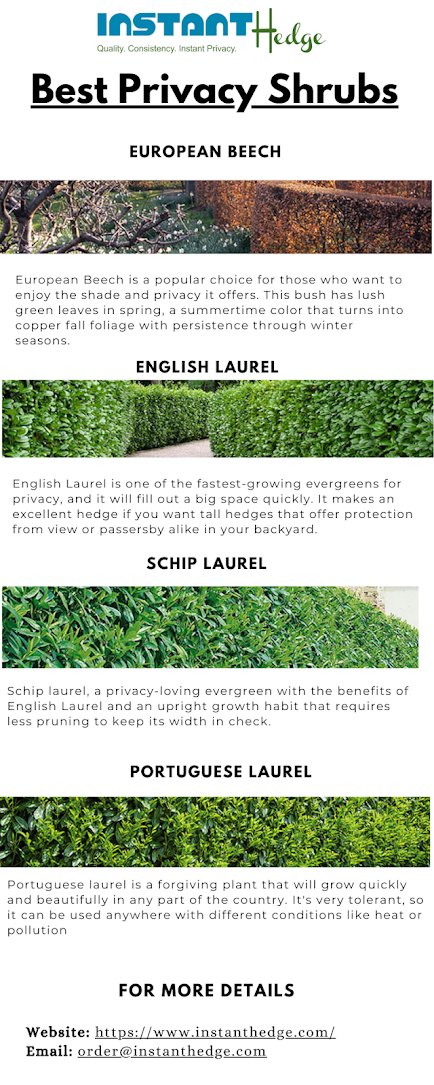How to fertilize Green Giant Arborvitae?

Green giant arborvitae is a popular type of evergreen tree, known for their fast growth rate and ability to thrive in a wide range of conditions. While they are relatively low-maintenance, these trees can benefit from regular fertilization. The best time to fertilize green giant arborvitae is in early spring before new growth begins. This will give the trees the nutrients to start the growing season off strong. Look for a fertilizer that is high in nitrogen, as this will promote green, healthy foliage. Apply the fertilizer according to the manufacturer's instructions. If you notice your green giant arborvitae starting to yellow or showing other signs of distress, a quick dose of fertilizer can often help. Remember that over-fertilizing can be just as harmful as not fertilizing at all, so always follow the manufacturer's instructions and be careful not to apply too much. With a little care, your green giant arborvitae will thrive for years to come!

